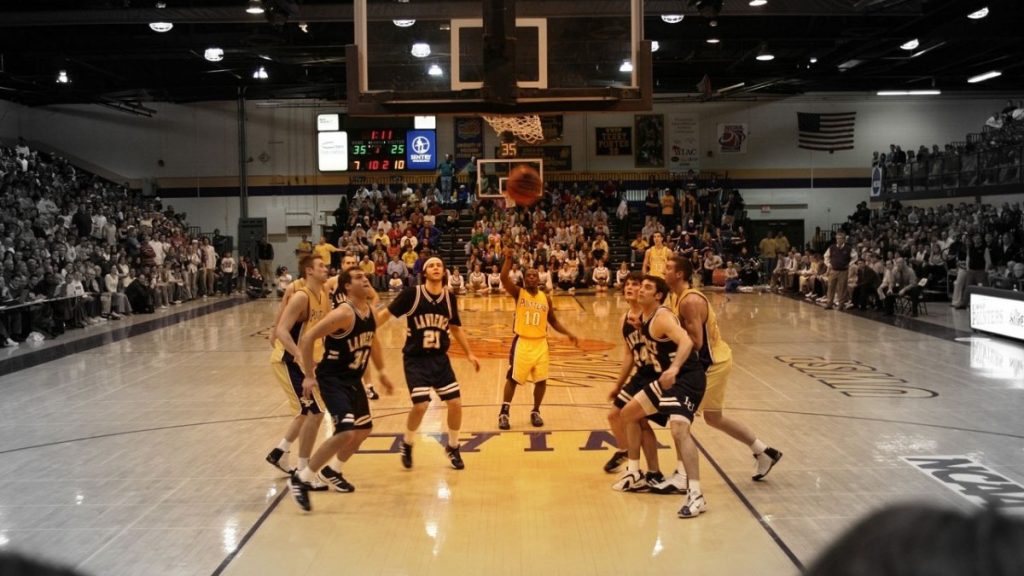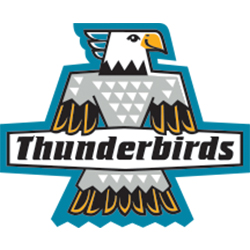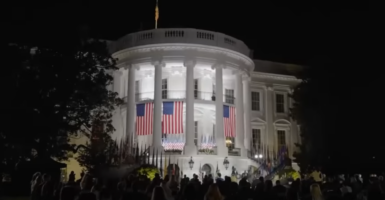Schools Face Hefty Monthly Fine If They Don’t Change Mascots
Because of a law passed last year, some schools in this state that failed to change their American Indian mascot will soon face hefty fines.

For over a year, the Colorado Commission of Indian Affairs (CCIA) has worked to rid schools across the state of derogatory American Indian mascots. The commission has already helped relieve over two dozen Colorado schools of their mascots and now, as the states mandated compliance date nears, they are targeting seven additional schools. Those who fail to meet this deadline will be facing a wallet-busting fine.
Senate Bill 21-116, passed last year and signed into law by Governor Jared Polis on June 28, 2021, gave schools one year to comply with eliminating their American Indian mascot by name and likeness or face a $25,000 fine. The huge fine is not a one-time-only but instead, a once-a-month fine for every month a school would be non-compliant. The seven schools now falling under the commission’s eye sport the “Thunderbirds” as their mascot.
While not officially added to the list of banned American Indian mascot names, this action could take place as early as May 19, which CCIA executive director Kathryn Redhorse says is the next quarterly meeting. This would give newly added schools only two weeks to fully comply. This means they would have to remove all likeness and wording attributed to the derogatory mascot name.

“If you’re going to put us on there this late in the day, give us a little time to make the changes,” said David Crews, superintendent of Sangre de Cristo School District in Mosca, to the Colorado Sun. His school took on the Thunderbirds name and mascot when two school districts in the San Luis Valley merged in 1960. “This puts us between a rock and a hard place — we’re not on the list now but do we start making changes? If we don’t respond now and we get on there we don’t have a lot of time for compliance.”
Crews claims he has yet to be notified by the CCIA about the April meeting, discussion, and decision. He put in a call to Redhorse as well as Attorney General Office officials and was told that if Thunderbirds were to be added to the list, they could cover up trophies baring the American Indian mascot image. He was also told they could have students who wear uniforms with the likeness turn them inside out to cover the image.
When pressed for more clarification on SB21-116, Governor Polis’ office didn’t answer questions and only stated that “SB21-116 does not provide guidance for extending the deadline for public schools to come into compliance beyond June 1, 2022. The Colorado Commission of Indian Affairs is committed to implementing SB21-116 and partnering with schools to ensure their compliance with the law.”

So, why Thunderbirds? What makes this mascot and name offensive? The Thunderbird is a mythical bird that finds itself an important part of a number of different indigenous cultures. But is it offensive? Jacob Price is a counselor at Johnson Elementary in Montrose and he feels there is nothing at all derogatory surrounding the Thunderbird name or image. Price, who is a member of the Pawnee Nation, says the Thunderbird’s distinction as a mythical creature removes it from being a negative American Indian mascot stereotype. “I’m not aware of the Thunderbird ever coming up in previous work,” he said. “I don’t recall it being on any list.” Price says that real birds such as owls, hawks, and eagles are way more significant to many Indian tribes.
When SB21-116 went into effect, it gave the CCIA 30 days to identify the schools within the state that were using banned American Indian mascots. Their original list included over two dozen schools. But the funny thing is of that original list, only one school (Johnson Elementary) had the Thunderbird mascot. The other schools across the state that had this same mascot were not put on the list. This caused a lot of confusion for Johnson Elementary, especially given the fact that the mascot image with some of the other schools was virtually the same. The image below represents both Johnson Elementary in Montrose, CO, and Johnson Elementary in Fort Collins.

The other schools that have Thunderbirds as their mascot claim they have not been notified by the CCIA that they need to remove their mascot. Another school on the list, Hinkley High School in Aurora, says its mascot was named after the U.S. Air Force Thunderbirds and therefore should not have to drop the name. You can see their alleged American Indian mascot below.

Removing derogatory American Indian mascots in both name and image is something seen at all levels, from public schools up to professional sports teams. Cleveland just got rid of their baseball team “Indians” name and replaced it with “Guardians.” The NFL’s Washington team removed the “Redskins” name and logo, replacing it with “Commanders.” There are many more team names and logos under discussion, so expect more change in the future.



